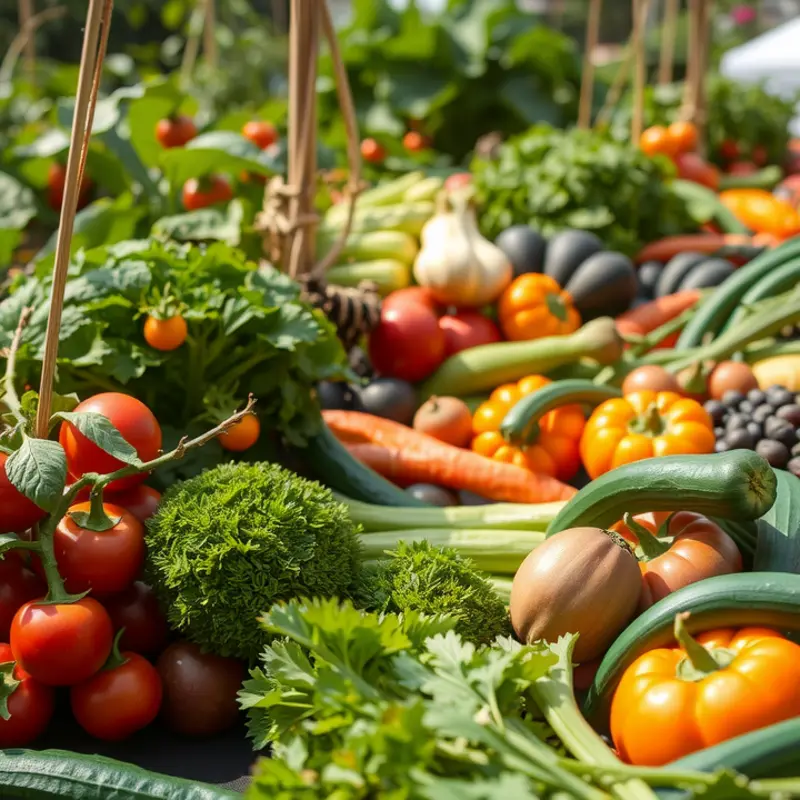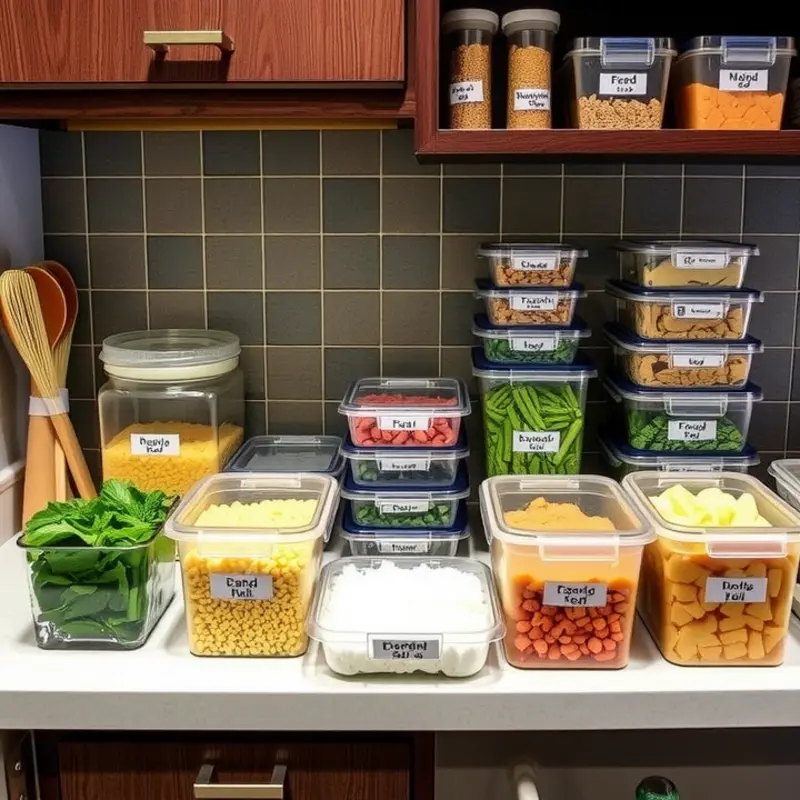For busy individuals and families, meal planning and preparation can often feel overwhelming. However, with the right strategies in place, creating delicious, healthy meals can become a breeze. By following simple meal assembly tips, you can streamline your cooking process, save valuable time, and enjoy more quality moments with your loved ones. Let’s explore easy-to-implement strategies to simplify your meal routines.
Efficient Meal Planning: Your New Best Friend

Meal planning might seem daunting, but it’s a game changer for time-strapped lifestyles. With a clear plan, you can alleviate much of the daily stress around deciding what’s for dinner. Start by creating a weekly menu that aligns with your schedule and dietary goals. This will serve as a roadmap, ensuring variety and nutritional balance in your meals.
Using a calendar or a meal planning app can streamline this process. These tools help you visualize the week ahead and efficiently allocate meals. By scheduling meals that require minimal prep on busier days, you make evenings less hectic. Categorize dishes by protein, grains, and vegetables to make shopping straightforward and reduce food waste. Begin with recipes that your family already loves, making meal times more enjoyable.
Having a dedicated meal prep day is pivotal. Spending just a couple of hours once a week can save countless hours throughout. During this time, chop vegetables, marinate proteins, and portion ingredients. This approach maximizes the freshness and availability of components throughout the week.
Incorporate themed days such as Meatless Mondays or Taco Tuesdays. These themes not only simplify decision-making, but also encourage culinary creativity. Explore global flavors or regional dishes that fit these themes while maintaining nutritional balance. You might find inspiration in exploring minimal prep dinner ideas, which can expand your recipe repertoire without overwhelming your schedule.
Consistency is key. Reevaluate your menu as needed but aim to establish a pattern. This helps in cultivating a seamless flow from planning to cooking. By systematically addressing meals, you diminish last-minute decisions that often lead to hurried, less nutritious choices.
Finally, be mindful of waste reduction during meal planning. Making small adjustments—like using perishable items at the beginning of the week—ensures ingredients are consumed at their peak. For further insights on reducing waste through smart storage, consider checking related resources. This aligns with an eco-friendly kitchen approach, promoting both sustainability and efficiency.
Creating a meal plan is an investment in simplicity and health. Once it becomes a habit, you will find more time to enjoy the meals you assemble, reducing the daily dinner dilemma significantly.
Smart Prep Strategies for Quick Assembly

The ultimate hack for managing a hectic schedule is prepping ingredients in advance. This task isn’t about preparing entire meals, but about organizing components to reduce cooking times significantly. By batch cooking, you can store prepared ingredients in the fridge or freezer, ready for quick assembly into nutritious meals throughout the week.
One of the foundational elements of this strategy involves cooking grains like quinoa or brown rice in large quantities at the start of the week. Separate the cooked grains into portion-sized containers, which can be easily accessed and heated up anytime you need them. These versatile grains serve as a base for a variety of dishes, from hearty salads to warm bowls and stews.
Vegetables, too, can be tackled with efficiency in mind. Dedicate time to wash, peel, and chop a mix of colorful vegetables, storing them in labeled containers. Not only does this reduce last-minute mess, but it also encourages you to add more veggies to every meal simply because they’re ready to use. Consider a mix that includes peppers, onions, carrots, and leafy greens, which you can mix and match depending on the dish.
In addition to grains and vegetables, having proteins ready is crucial. Grilled chicken, canned beans, or hard-boiled eggs can serve as the bulk of your meal and add necessary sustenance. These can be prepped and stored for easy addition, transforming a side of grains and vegetables into a satisfying main course.
The true beauty of prepped ingredients lies in their versatility. A simple bowl featuring your cooked grains, a protein, and a vegetable medley might serve as a satisfying lunch one day, while leftovers can be reimagined as a filling wrap or a component of a baked dish the next. Stability in ingredients paired with variety in preparation keeps meals from becoming monotonous.
Moreover, keeping your ingredients ready encourages creativity. You might find yourself exploring different herbs and spices with your combinations, crafting meals that are nutritious and varied without needing to devote excess time to prep. Consider utilizing some of these ingredient combinations as a way to explore bold flavors without relying on excessive salt. For ideas, you can refer to this guide to flavor boosters without salt. This not only maintains the health factor of your meals but also enhances their taste with minimal effort.
Convenience is the cornerstone of successful meal prepping. By making the process easier on yourself, you free up valuable time throughout the week. Remember, the goal isn’t just to save time but to make healthier choices more accessible. With prepped ingredients on hand, you can quickly assemble meals that are both delicious and nutritious, making it much simpler to maintain a healthy eating routine despite a packed schedule.
Final words
Incorporating easy meal assembly tips into your routine doesn’t have to be complicated. By planning effectively and prepping ingredients ahead of time, you can significantly reduce stress during meal times while enhancing nutritional variety. With these practical strategies, busy individuals and families can reclaim their evenings and enjoy satisfying meals without the hassle. Remember, the goal is to make cooking a joy rather than a chore. Embrace these changes and use meal assembly as a way to connect with your loved ones over delicious home-cooked meals.







